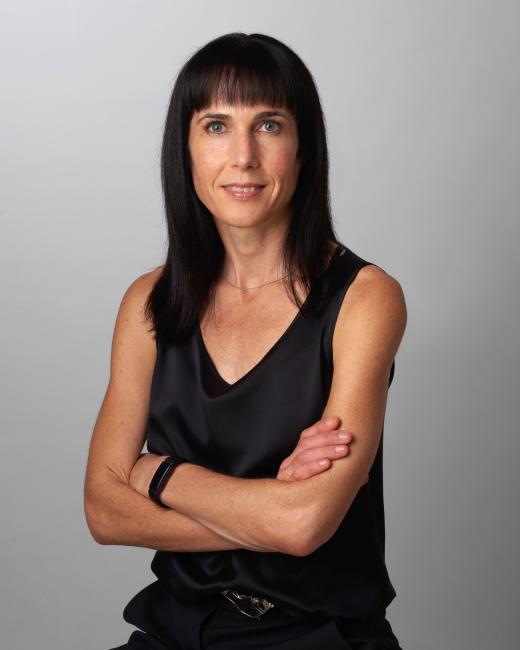Interview with Ida Flink
Ida Flink is Professor of Psychology at the Department of Social and Psychological Studies, Karlstad University. Her research focuses on the treatment of chronic pain, with a recent emphasis on vulvodynia. She supervises doctoral students, including Emma Westerberg, who conducts research in the same field.

Andreas: Could you tell us about your current research project?
Ida: I am leading a treatment project for women with vulvodynia, a chronic condition characterized by persistent genital pain. Funded by FORTE, this project aims to develop and evaluate a multimodal treatment model in collaboration with several healthcare centers in Sweden, including Karlstad, Örebro, Stockholm, and Jönköping.
Andreas: What does multimodal treatment involve in this context?
Ida: Multimodal treatment integrates multiple professional perspectives to manage the complexity of this pain condition. The model includes psychological aspects focusing on behavioral therapeutic strategies, social-psychological components addressing communication and relationships, and biomedical elements covering physiological and medical factors. The objective is to provide comprehensive treatment that addresses various dimensions of the pain and its impact on women's daily lives and relationships.
Andreas: Could you elaborate on the social aspects of the treatment?
Ida: The social component primarily targets communication and relational dynamics, especially how women express and manage their pain issues with others, often a partner. This aspect is integrated with psychological treatments, aiming to strengthen women's ability to navigate social interactions and intimate relationships despite their pain.
Andreas: How is intimacy integrated into your project?
Ida: Intimacy is a central but previously underexplored area in vulvodynia research. Our project assesses women's experiences of intimacy before and after treatment, particularly in relation to any existing partners. Previous studies have mainly examined partner reactions and behaviors rather than experiences of intimacy. Thus, we actively investigate how the treatment may affect intimacy and relational dynamics, providing a significant contribution to the field.
Andreas: Are women without partners included in the study?
Ida: Yes, we deliberately include both partnered and single women, differentiating our project from many earlier studies, which primarily focused on heterosexual women in stable relationships. This inclusion addresses potential biases in past research. We also have a specific treatment version tailored for younger women at youth clinics, emphasizing everyday activities such as tampon use and participation in physical activities.
Andreas: What is the primary goal of the treatment?
Ida: The main objective is to improve sexual function and satisfaction while reducing both pain and fear of pain. Interestingly, pilot studies have unexpectedly shown significant improvements in pain intensity itself, which is relatively unusual for psychological interventions targeting other types of chronic pain.
Andreas: What motivated you to research vulvodynia?
Ida: My background is in pain psychology, with a doctoral thesis focused on chronic pain and cognitive behavioral therapy (CBT). Upon recognizing a significant knowledge gap regarding women's pain conditions, I became motivated to contribute research in this under-prioritized area. Vulvodynia is particularly intriguing as it frequently manifests in relational and social contexts, highlighting a substantial role for social and interactional factors compared to other pain conditions.
Andreas: Has anything surprised you in the project so far?
Ida: The ease of participant recruitment was surprisingly high, indicating substantial clinical demand and interest in this treatment. Another unexpected finding is the clear positive impact on pain intensity itself, contrasting with experiences from projects on other forms of chronic pain where improvements typically involved quality of life and coping strategies rather than pain reduction.
Andreas: How do you view the partner’s role?
Ida: The partner's role is crucial. Our qualitative studies reveal that partners are significantly affected by the pain condition, particularly regarding communication about pain and relational intimacy. There is noticeable variation in how couples manage this; some experience reduced intimacy and increased distance, while others deepen their relationship through enhanced communication and joint problem-solving. This highlights the importance of including partner perspectives in both research and clinical treatment.
Andreas: How does this project position itself internationally?
Ida: Internationally, comprehensive, publicly funded vulvodynia projects are relatively rare. Sweden is at the forefront. The general knowledge base remains limited due to inadequate support and funding, making our project particularly significant. Our goal is to provide a structured treatment model that can be adopted internationally, strengthening the evidence base for vulvodynia treatment.

